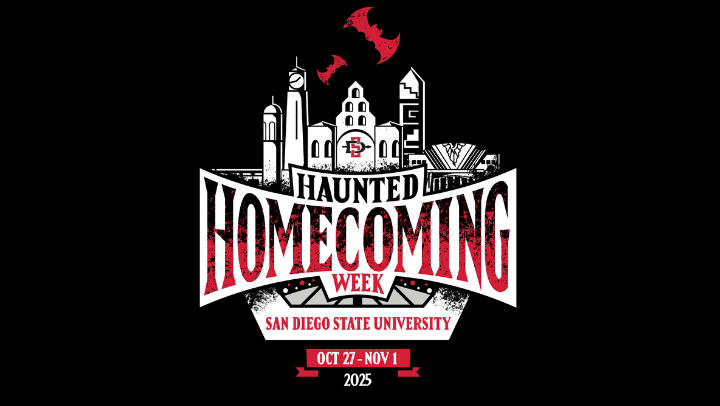The Domino Effect: Surprising Links Between Infection and Heart Disease
At SDSU's BioScience Center, researchers are studying why some people develop heart disease and others don't.

Roberta Gottlieb, M.D., has a compelling way to demonstrate the pervasiveness of heart disease.
“Look to your right,” she says. “Now look to your left. One of the three of you is going to die of heart disease.”
Cardiovascular disease is the number one cause of death in the Western world and a growing concern in developing countries. Yet researchers still don’t fully understand why some people develop artherosclerosis or hardening of the arteries and others don’t.
Gottlieb is director of San Diego State University’s BioScience Center, the only multidisciplinary center in the country to focus its research on the critical nexus of infection, inflammation and cardiovascular disease.
“We are beginning to recognize how bacteria contribute in much more subtle ways to chronic disease,” Gottlieb said. “Many chronic illnesses previously attributed to genetics and environment are now being recognized to have, as causal or contributing factors, bacteria, viruses, and parasites.”
To improve public health
The mission of the SDSU BioScience Center is to understand the role of microorganisms in cardiovascular diseases, and to use these discoveries to improve public health, Gottlieb said. Researchers study metabolic connections to cardiovascular disease, such as obesity, atherosclerosis, hyperlipidemia and hypertension. Additonally, they investigate host-pathogen interactions that lead to autoimmunity directed against the heart.
Gottlieb’s own research focuses on finding ways to salvage heart muscle following heart attack and documenting a link between gum disease and cardiovascular disease.
Working with local populations
The ongoing study of periodontal disease and vascular function in Native American young adults and Hispanic high school students is examining the potential of a causal relationship between oral hygiene and the development of artherosclerosis.
Other research at the BioScience Center involves the development of vaccines to protect children from coxsackievirus and influenza infection that may lead to heart disease decades later; and the potential threat of exposure to the disease Trypanosoma cruzi from imported acai berries.
A diverse team
Constructed entirely with private funding, the BioScience Center opened in 2006 with 37,000 square feet of research facilities, office and meeting space. Among the major benefactors are: Darlene Shiley, who named the Donald P. Shiley Center for Cardiovascular Research on the third floor; and Alan and Debbie Gold, who financed the Gold Auditorium for the Life Sciences.
The BioScience research team, which has been funded by grants from the National Institutes of Health and the American Heart Association, includes SDSU faculty, visiting scientists, five highly respected immunologists new to SDSU from the Sidney Kimmel Cancer Center and post doctoral, graduate and undergraduate students.
“Research and education go hand in hand,” said Stanley Maloy, dean of SDSU’s College of Sciences. “Students who are going out into the world have to understand how to work in the lab…and work with people who are studying sophisticated problems like this.”



